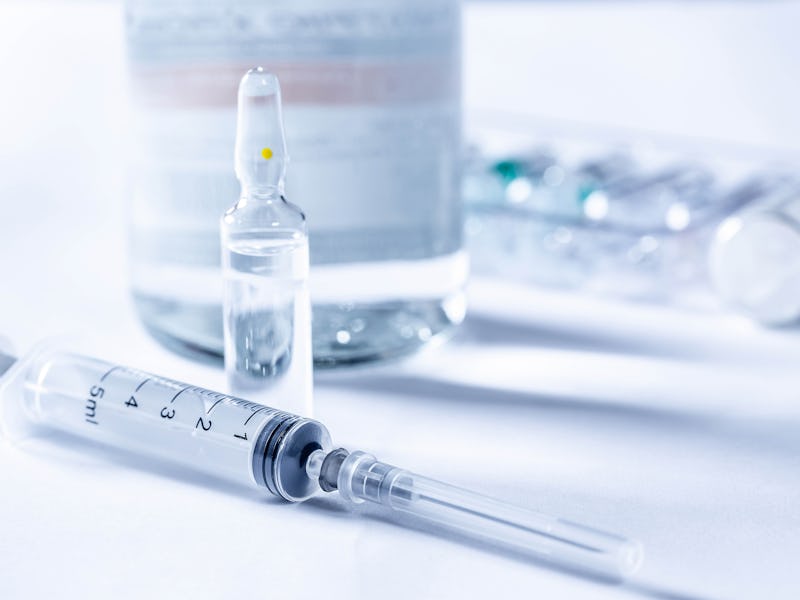Here's What You Should Know if You Got the Measles Vaccine Before 1989
"With a safe and effective vaccine that protects against measles, the suffering we are seeing is avoidable."

The Centers for Disease Control and Prevention announced Wednesday that there have been 695 measles cases in the United States in 2019, more than any year since the disease was declared eradicated in 2000. Its spread has raised some concerns among people worried about catching the virus — especially those who were vaccinated before 1989. It is true that people born 1989 or later may be rmore protected from measles than their older counterparts, but there’s no need for the over-30 crowd to freak out about their vaccination status.
Let’s make one thing clear: The MMR (measles, mumps, rubella) vaccine that most people receive to confer immunity against measles is proven to be the best tool we have against stopping the spread of the disease, despite the dangerous claims of anti-vaccine advocates. “With a safe and effective vaccine that protects against measles, the suffering we are seeing is avoidable,” US Department of Health and Human Services Secretary Alex Azar said in the announcement on Wednesday.
Nevertheless, there are concerns that people vaccinated before 1989 could be at risk of catching and spreading the disease.
This is technically true, since the versions of the MMR (measles, mumps, and rubella) vaccine offered before that period was slightly less effective than the current version. That being said, the difference isn’t huge. Here’s what you need to know.
The vaccine is a bit more effective in its current form: two injections of a live vaccine given at least a month apart. This vaccine protocol became standard in 1989, which is why you may have heard that you should get an update if you were vaccinated before then — when a single dose was the standard. But what’s the difference, really?
Related article: This Redditor’s Parents Were Anti-Vaxxers, but Then She Grew Up
How Protected Are You if You Got the Measles Vaccine Before 1989?
According to the CDC, one dose is about 93 percent effective at preventing measles infections, while two doses raises that number to 97 percent. This is a significant difference, to be sure, but it’s not enough of a difference that you should think you’re totally unsafe if you were vaccinated before the two-shot protocol came into place.
What Should You Do if You Got the Measles Vaccine Before 1989?
If you got the measles vaccine since 1960, you are likely okay. The exception is if you got a killed vaccine, using dead virus rather than weakened virus. The CDC recommends people who were vaccinated between 1963 and 1967, when the killed vaccine was available, should get vaccinated now — or at least go to the doctor to get their measles immunity tested.
For anyone who’s gotten a weakened vaccine since 1960, though, the CDC does not recommend getting vaccinated again. If worried, though, check your old vaccination records to see which kind of vaccine you got. And if you’re really worried, you can go to the doctor to get their recommendation and run a measles immunity test.